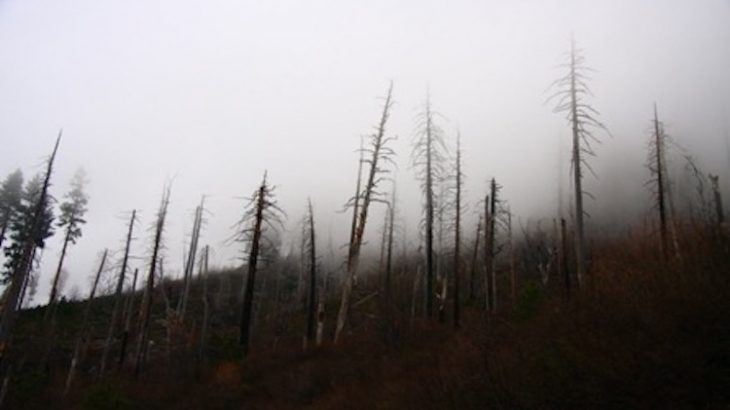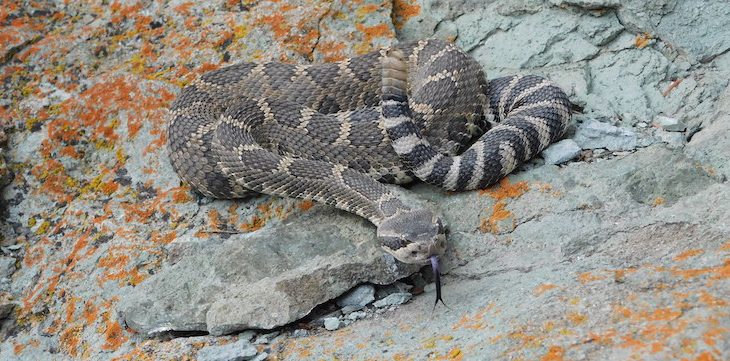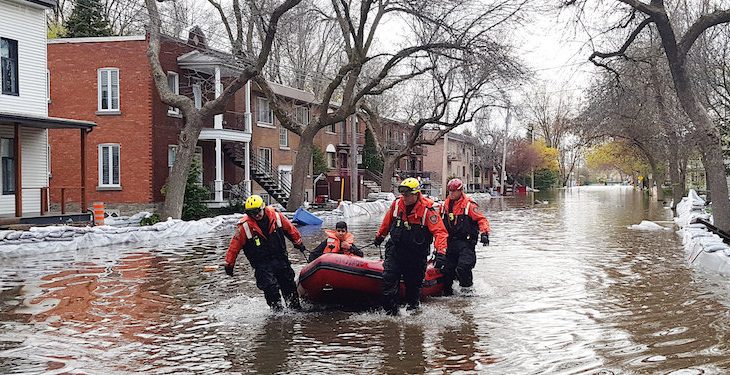
Jenna Finley, Biology and Life Sciences editor The bushfires in Australia have dominated the news cycle since they started in September 2019. As of January 20th, 2020, over 10 million hectares have burned, killing an estimated one billion animals and about thirty people. Although it may seem bleak at the moment, we have to assume […]






